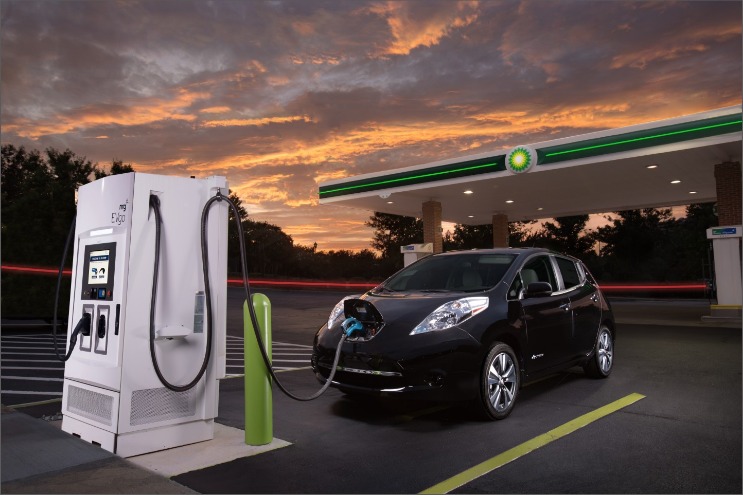The adoption of electric vehicles (EVs) is on the rise, and with it comes the need for a widespread infrastructure of EV charging stations. These stations are crucial in supporting the growth of the EV market and making it more convenient for drivers to switch to a cleaner form of transportation.
Why are EV charging stations important?
EV charging stations play a vital role in the accessibility and usability of electric vehicles. Here are a few reasons why they are essential:
- Convenience for EV owners who may not have access to home charging
- Encouraging longer trips by providing charging options along highways
- Promoting sustainability and reducing greenhouse gas emissions
Types of EV charging stations
There are several types of EV charging stations available, each offering different charging speeds and capabilities:
- Level 1: This is the slowest charging option, typically using a standard 120-volt household outlet.
- Level 2: These chargers are faster than Level 1 and are commonly found in public locations and residential settings.
- DC Fast Charging: The fastest charging option, capable of charging an EV to 80% in around 30 minutes.
Frequently Asked Questions about EV charging
Q: How long does it take to charge an electric vehicle?
Read more about EV charging speed here.
A: The charging time varies depending on the type of charger used and the size of the vehicle’s battery. Generally, it can take anywhere from 30 minutes to several hours to fully charge an EV.
Q: Are there enough EV charging stations available?
A: The availability of EV charging stations is growing rapidly as more cities and businesses invest in charging infrastructure. However, there is still a need for more stations, especially in rural areas and along highways.
In conclusion, EV charging stations are essential in promoting the widespread adoption of electric vehicles and reducing our dependence on fossil fuels. By investing in a robust network of EV charging stations, we can create a more sustainable future for transportation.


